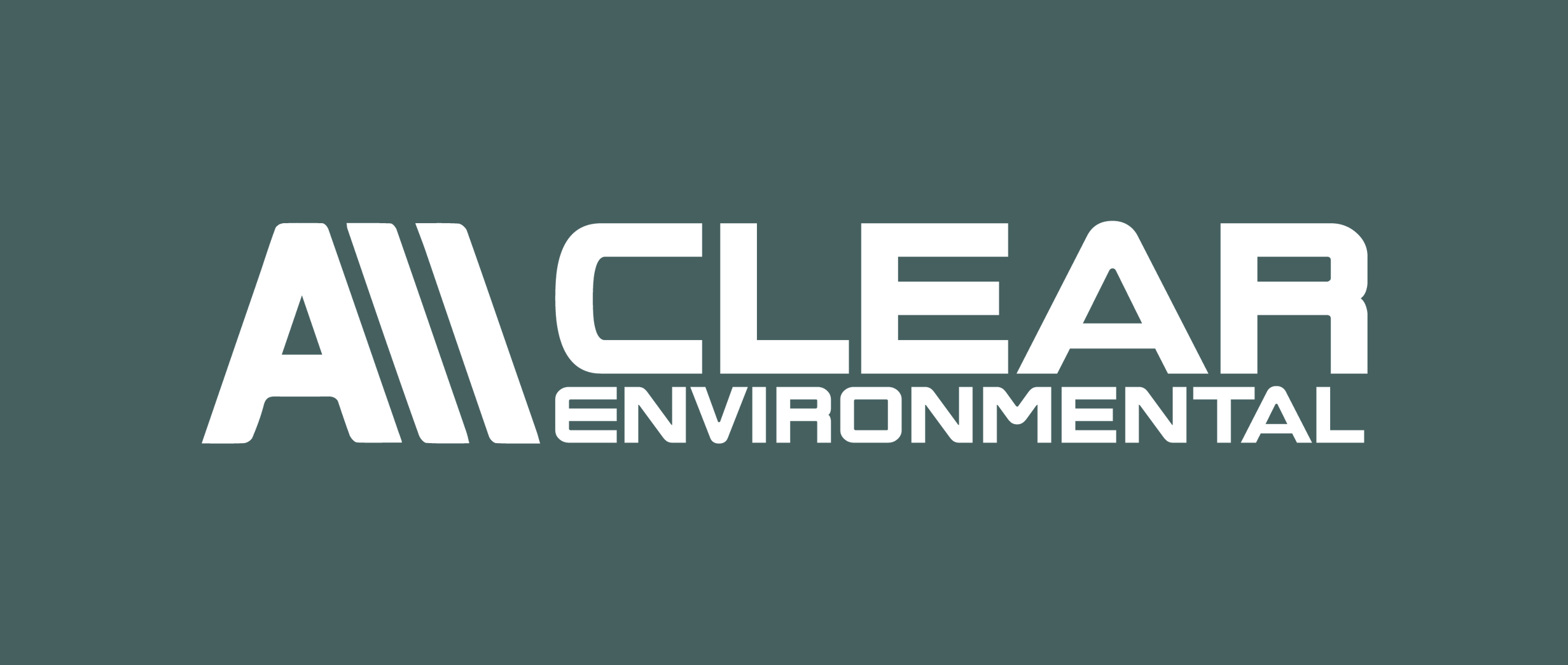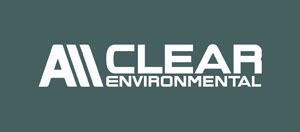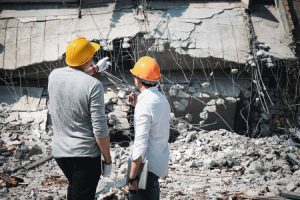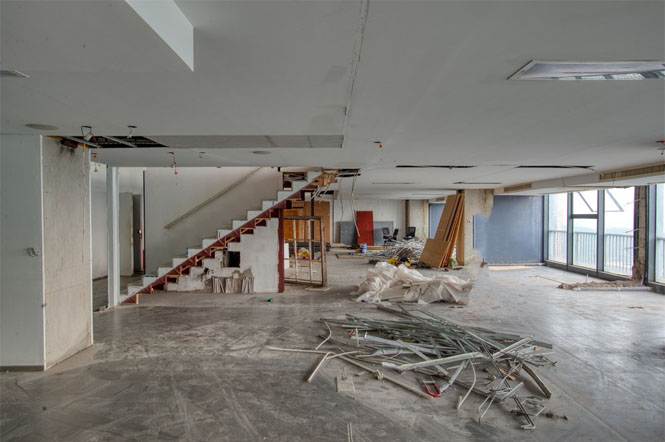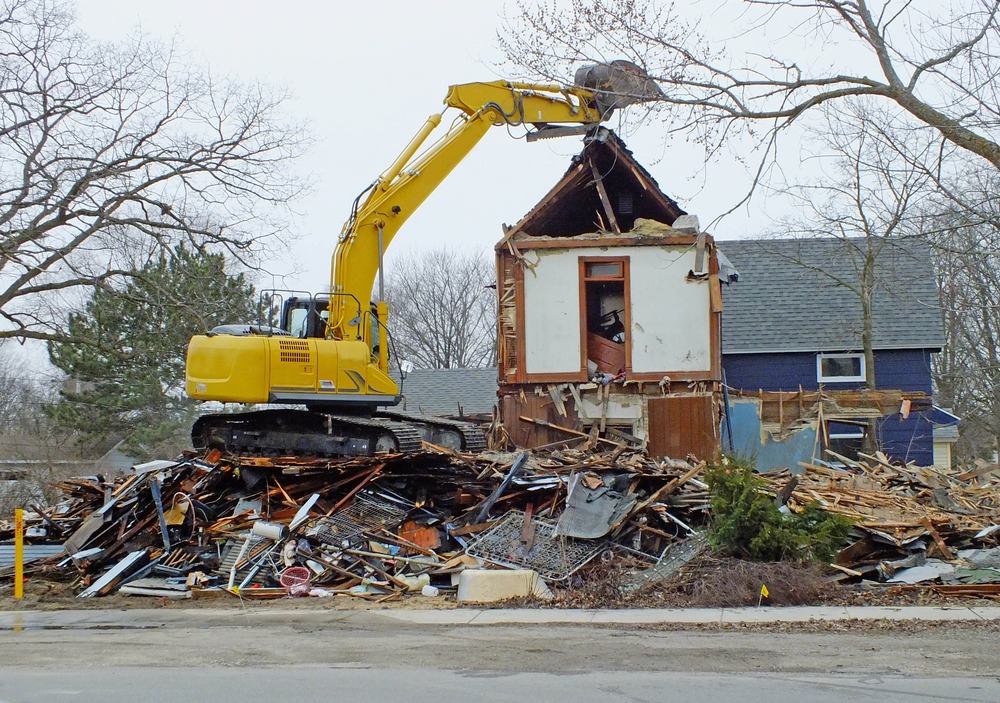
The Demolition Process
The demolition process is seemingly straightforward but many subtle factors make it very dangerous for the average person. The many considerations to stay safe, physically and legally, make it a daunting task to perform. As such, the team at All Clear Environmental would like you to know about the demolition process.
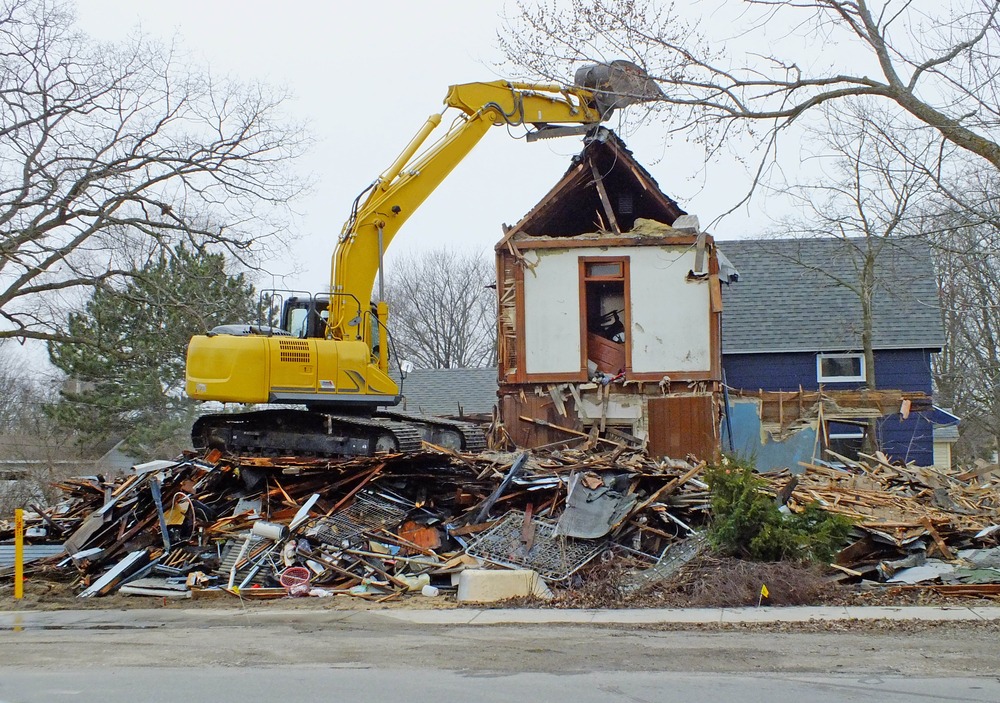
What is the demolition process ?
Demolition is the process of tearing down, destroying or dismantling physical structures like buildings. The demolition process may be necessary for several reasons, including making space for new construction, removing a dangerous structure, clearing an area for redevelopment, or removing an old, out-of-date structure. Typically, the demolition process entails several phases, which include:
1. Planning and assessment
Before beginning demolition, a thorough evaluation of the building and its surroundings is required to spot any potential risks, such as the presence of asbestos or other dangerous materials, that may call for extra care or removal. Obtaining the requisite licenses and authorization from neighbourhood authorities is another step in this process.
2. Preparing
Any debris or objects that could obstruct the demolition operation must be removed from the site. This may entail clearing the building of furniture, fixtures, and other goods, turning off the utilities, and securing the premises to bar unwanted entry.
3. Removing hazardous materials
Any hazardous materials must be securely removed and disposed of before demolition if they are present, such as asbestos or lead paint. To assure the security of the employees and the neighbourhood, this calls for specific tools and qualified personnel.
4. Demolition methods
Manual, mechanical, or controlled demolition may all be employed to take down the building, depending on the building’s design and the site’s specific characteristics. Mechanical demolition involves large machinery like bulldozers, excavators, and cranes to demolish the structure while manual demolition involves the use of hand tools and equipment. Using explosives strategically to bring down the structure in a controlled manner is known as controlled demolition.
5. Site cleanup and restoration
Following the demolition process, the area needs to be cleaned up and put back into a secure state. Grading the land, removing any leftover debris, and replanting or reseeding the area may all be necessary to do this.

Are permits necessary for the demolition process ?
In most cases, you need permits before the demolition process can begin. Depending on the location and nature of the structure that is being demolished, the particular permission requirements may change, but in general, local building or zoning authorities will demand that permits be secured before the demolition process can begin. Permits are needed to ensure that the demolition process goes off properly and in accordance with local laws. Plans and documents outlining the scope of the demolition work, as well as any essential safety precautions and environmental protections, are often submitted in order to obtain a permit. To obtain a permit, it may also be necessary to engage a licensed demolition business or contractor and have them provide evidence of their insurance and liability coverage. Without the necessary permits and licenses demolition of any property can expose workers and the neighbourhood to serious safety concerns as well as incur fines, penalties, and legal repercussions. Hence, it is crucial to speak with local officials and adhere to all applicable permit procedures before undertaking any demolition work.
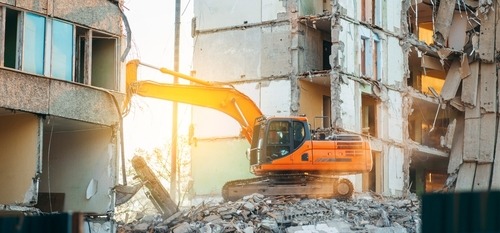
What equipment is used to carry out the demolition process ?
The specific gear and machinery required for any demolition process will differ depending on factors such as the type of structure, size of the structure, the method being used, etc. Some of the most common machinery used in demolition include: 1. Excavators 2. Cranes 3.Bulldozers 4. Hydraulic breakers 5. Explosives Safety equipment, like hard hats, safety harnesses and PPE (personal protective equipment) are also essential to ensure workers’ safety during the process.

How is commercial demolition different from residential demolition?
There are significant differences between commercial and residential demolition:
1. Size and complexity
Commercial buildings are often larger and more complicated than residential buildings, necessitating more thorough planning and specialized equipment for commercial demolition projects. Commercial structures could have numerous stories, spacious interiors, and intricate mechanical systems that need to be taken apart or removed, for instance.

2. Permits and regulations
Commercial demolition projects must adhere to stricter rules and regulations than residential demolitions. This is because hazardous materials must frequently be managed and disposed of safely if and when they are found in commercial buildings and because commercial demolition can have a bigger negative impact on the neighbourhood and environment.

3. Cost
Due to the larger scale of the structure, the complexity of the demolition process, and the requirement for specialized equipment and staff, commercial demolition projects are often more expensive than residential demolition operations.

4. Safety considerations
Due to the bigger size and complexity of the building being demolished, commercial demolition projects may present greater safety concerns than residential ones. Structures collapsing, being exposed to dangerous materials, and accidents involving large machinery could all be more likely.

What are the potential risks of demolition?
To protect workers and the neighbourhood, taking safety precautions during the demolition process is vitally necessary. Many variables, including the size and kind of the structure being demolished, the method of demolition, and the presence of hazardous chemicals, might affect the unique dangers involved in demolition. The following are some possible dangers connected with demolition:
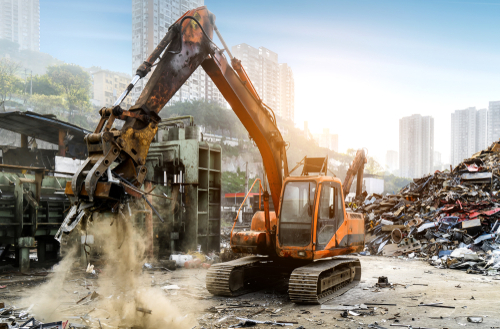
1. Sudden structure collapse
Demolition activity may make the structure being removed weaker, increasing the possibility of a collapse. This can be especially deadly if it happens without any warning or if neighbouring buildings or personnel are not adequately protected.

2. Hazardous materials exposure
When demolishing a building, substances like asbestos or lead can be released into the air if they are present on the premises. Employees and neighbours may be exposed to these substances, which have the potential to seriously harm their health.

3. Heavy equipment accidents
Bulldozers and excavators are two common pieces of equipment used in demolition work. Accidents utilizing this equipment have the potential to cause severe harm or death.

4. Fires and explosions
If there are combustible materials on the job site or if explosives are being utilized, demolition operations may result in situations that raise the risk of fire or explosion. Hiring a qualified, experienced demolition contractor who adheres to all applicable safety procedures, like All Clear Environmental, is essential to reducing the hazards connected with demolition. This may entail actions like providing personnel with the appropriate training and safety gear, containing and removing hazardous items appropriately, and carefully organizing and carrying out the demolition operation.

All Clear Environmental – Commercial & Residential Demolition Services
The demolition process is a risky but necessary process to make space for new structures and take down older, less safe, structures. However, it should always be handled by licensed and experienced professionals, no matter how simple it may seem. Please contact us if you have any needs concerning demolition. All Clear Environmental provides effective and efficient demolition services all over the southern Ontario area. Our team of licensed, trained and insured professionals is equipped with the necessary tools and expertise to demolish any structure efficiently. No matter what the project involves, All Clear will get the job done.
